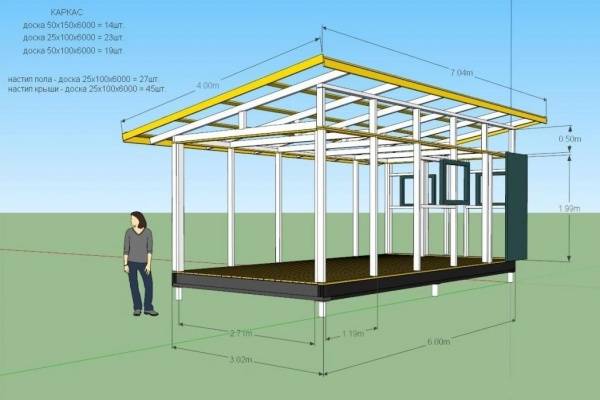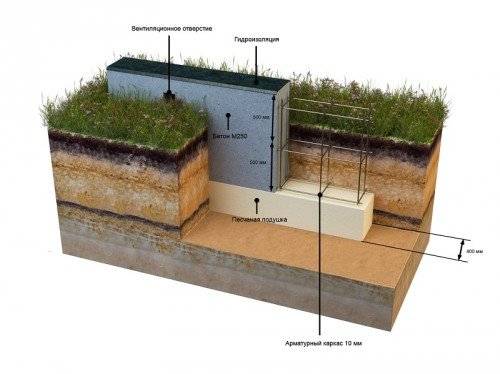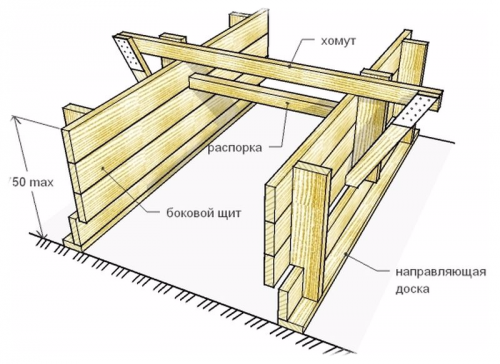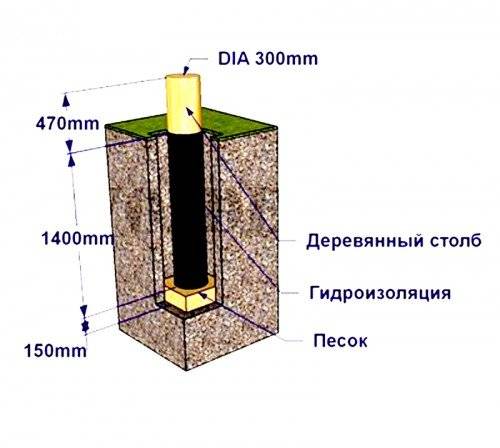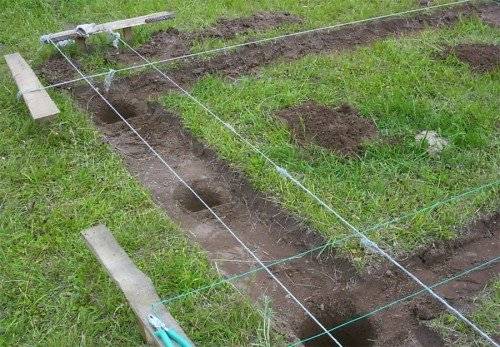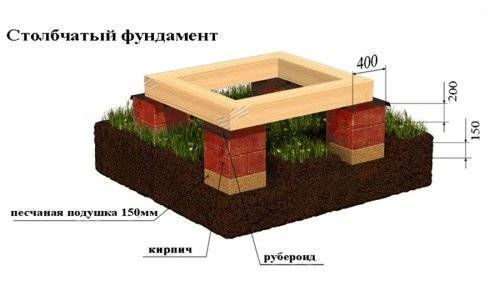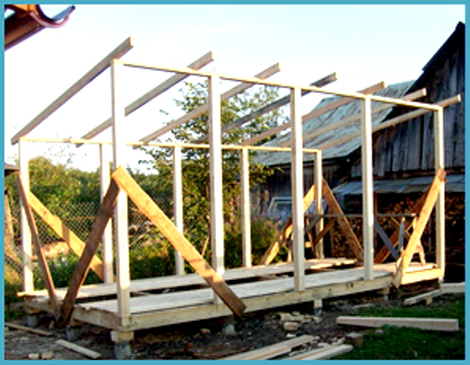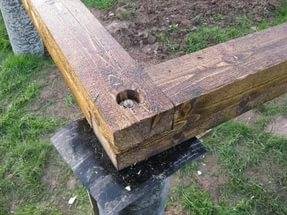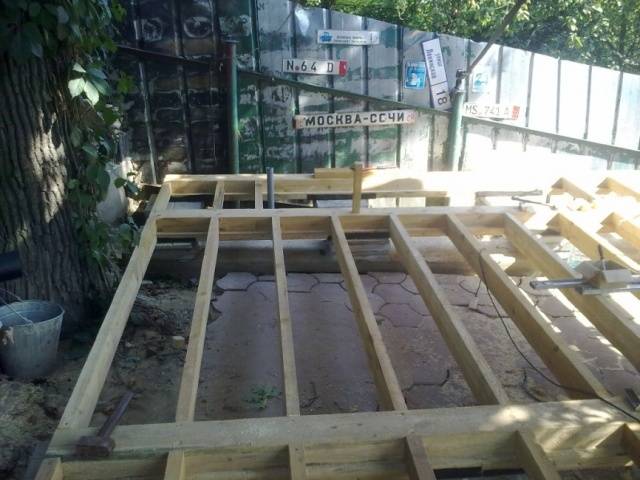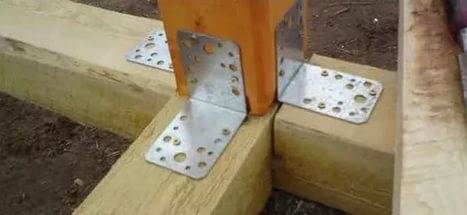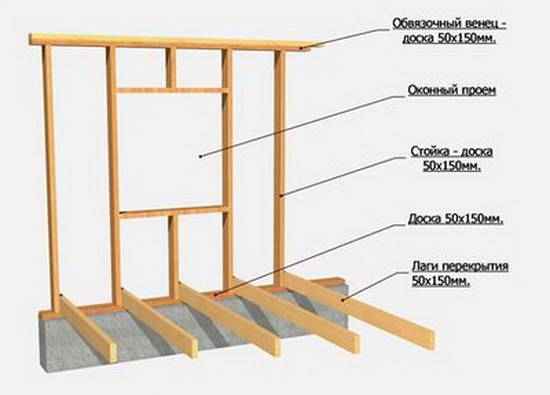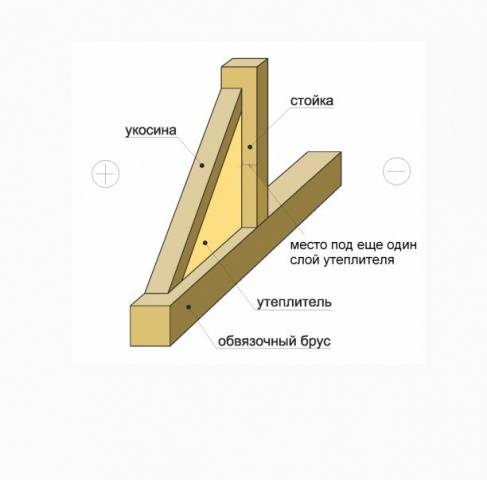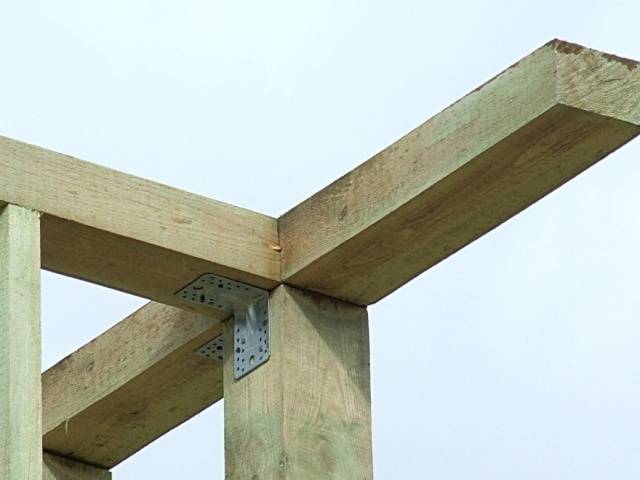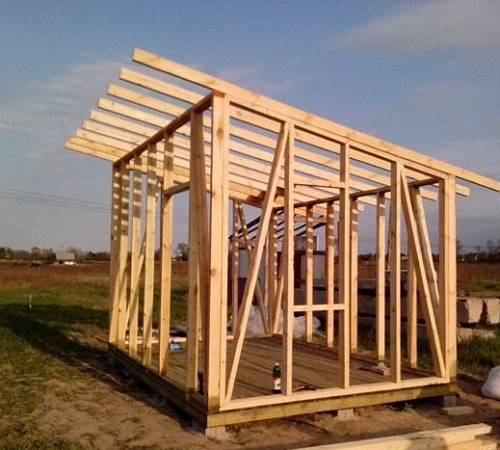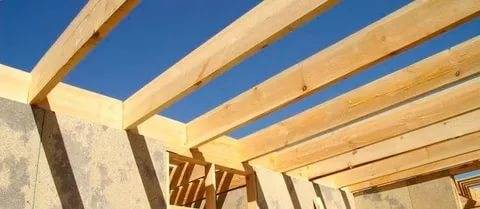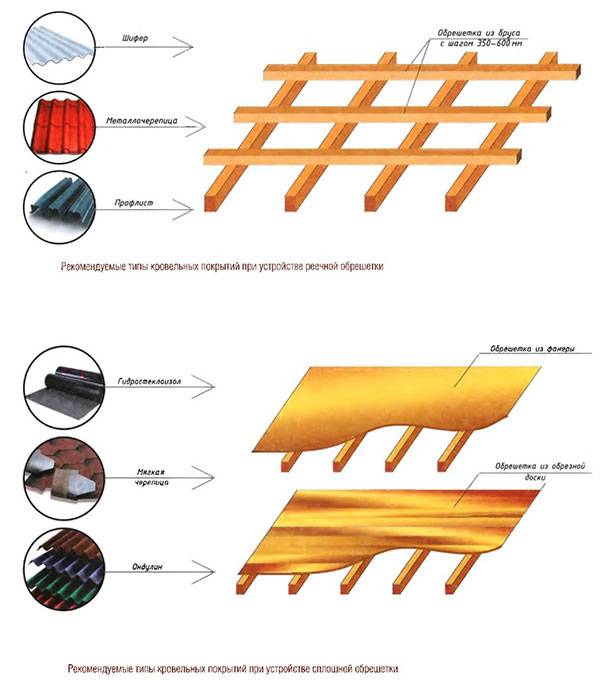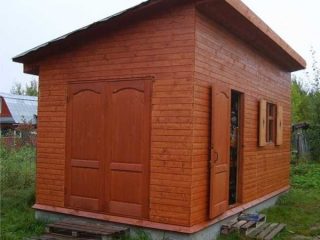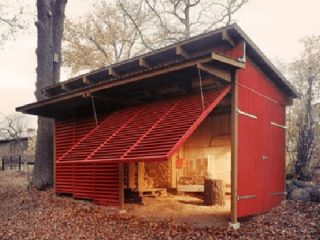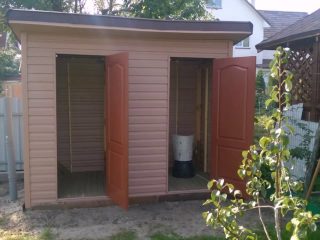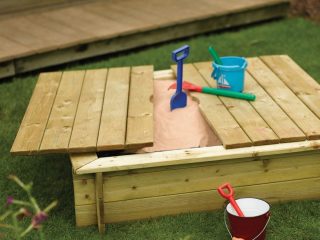Content
It is impossible to imagine a private yard without a utility room. Even if construction is just beginning on an empty site, they first try to install a utility block. It is equipped with essential rooms: toilet, shower, storage room for tools. If you decide to get down to work, then it is optimal to build a 3x6 shed with a pitched roof, which in the future can be divided into three rooms.
Design features of a barn with a pitched roof
The photo shows a drawing of a barn with a pitched roof. In this project, the optimal dimensions of the frame structure were taken - 3x6 m. In such a barn there is enough space to organize a shower, toilet and summer kitchen. Typically, such projects are developed in such a way that each room has a separate entrance.
If you put two partitions inside a utility block measuring 3x6 m, you will get three rooms 2x3 m. For a summer kitchen, such an area is ideal, but there will be plenty of space for a toilet and shower. Here the project can be slightly modified. By reducing the area of the shower and toilet, it will be possible to create a fourth room, which will serve as a woodshed or storage room for things.
When drawing up drawings frame barn You can use ready-made examples taken from the Internet. In the photo we presented another version of the utility block with a pitched roof.
Now let's figure out why a pitched roof is more suitable for a frame barn. Let's start with the simplicity of the design. For any roof, rafters must be made. If the frame of the barn is made so that the front wall is 60 cm higher from the back wall, then the floor beams will lie at a slope. They will then replace the rafters. Plus, when constructing a pitched roof, there is no need to install a ridge. The photo shows drawings of the roof, from which you can see its structure.
Regarding other roof structures, you can only settle on a gable roof. Its advantage lies in the ability to organize attic space. However, an inexperienced person cannot construct such a structure due to the complexity of the rafter system. A flat roof requires reliable waterproofing, as a lot of precipitation accumulates on it. A complex roof is built to decorate a building. The barn is a utility room, and this type of roof will look strange. As you can see, the lean-to option has some advantages, and it is better to stick with this roof design.
The procedure for performing work during the construction of a frame shed
When you have the project with drawings in your hands, you can begin to build a frame barn with a pitched roof on the selected site with your own hands.
Deciding on the type of foundation
Not only residential buildings, but also any sheds are built on a foundation. Let's start with it.The most reliable base is considered to be a concrete strip.
Such a base will reliably protect the frame shed from moisture. However, the tape will not be effective on peat bogs and sedimentary soil. Here preference is given to screw piles. So, the weight of a frame shed is small, so it is enough to equip a shallow foundation:
- In the area where the frame shed will be built, dig a trench 40–50 cm deep. You can take a smaller width - about 30 cm. Make a cushion in the trench by filling a layer of sand with crushed stone 10–15 cm thick. Cover the bottom and side walls with sheets of roofing material.
- The next step is the manufacture of a reinforcing frame. It is tied from rods 12–14 mm thick. Use tie wire to connect the elements. A gap of 5 cm is provided between the reinforcing frame and the walls of the trench.
- The concrete strip should protrude at least 10 cm above the ground. To do this, install formwork around the trench from the boards. If the foundation is high, reinforce the top boards with supports.
It is better to pour concrete in one day to create a monolithic strip. The construction of a shed with a pitched roof begins no earlier than two weeks later.
A budget option for a frame shed is a foundation made of oak or larch logs. To make it, select a round log at least 30 cm thick and 2 m long. Carefully cover each log with bitumen. It is optimal to apply 3–4 layers. While the bitumen has not hardened, wrap the lower part of the post with two layers of roofing material. Wrap only the part of the log that will be in the ground.
Under each pillar, dig a hole 1.5 m deep. Place 10 cm of sand at the bottom. Install the pillars so that their part protruding from the ground, about 50 cm high, is at the same level.Compact the gap around the logs with soil or fill with concrete.
Of all the foundation options for a frame shed, the most often chosen is a columnar foundation. The process of its manufacture is similar to installing supports from logs:
- First, mark the dimensions of the future shed on the site using stakes and a cord. Dig holes about 80 cm deep in 1.5 m increments. They must be in the corners, as well as in places where partitions are provided inside the barn according to the project.
- Place a 15 cm layer of sand or gravel inside each hole. Lay the pillars out of red brick on concrete mortar. You can use cinder block or concrete blocks.
After building all the pillars, treat them with bitumen. Waterproofing will prevent the brick from being destroyed by dampness. Fill the gaps between the posts and the walls of the holes with earth.
Step-by-step construction of a barn frame
So, it’s time to learn how to build a barn with your own hands using frame technology. Let's look at all stages of work:
- We begin work by covering the foundation with two layers of roofing material. Waterproofing is needed for any foundation, regardless of its design.
- From timber with a cross-section of at least 100x100 mm we assemble the frame of the lower trim. It must be secured to the foundation. Simply nail the frame to the wooden posts diagonally with long nails or secure it using mounting angles. Secure the frame to the concrete base with anchor pins.
- Once the frame is securely fastened, we begin installing the joists. To make them we use a board with a cross section of 50x100 mm. We fasten the logs using mounting angles at 50 cm intervals.
- Now let's start making the frame of the shed. We place racks in the corners and perimeter of the frame.To simplify the design of a pitched roof, we make the front pillars 3 m high and the rear pillars 2.4 m high. This will allow for a slope on the frame. We fasten the racks using the same mounting angles.
- Now let's understand the step of installing the racks. They are separated from each other at a maximum distance of 1.5 m. You can place them in 60 cm increments to create an additional support for each floor beam. At the door locations, install additional posts to which the door frame will be attached. Do a similar procedure where the windows will be installed. Attach a horizontal jumper to the window openings and on top of the door.
- To prevent a shed with a pitched roof from warping over time, the frame needs to be strengthened. To do this, install the jibs on all racks at an angle of 45O. Near window and door openings, sometimes it is impossible to maintain such an angle. It is allowed to install jib beams with an inclination of 60O.
- After installing and securing all the racks, we proceed to the upper frame trim. We make it from timber of a similar section. The resulting frame will become the base of the pitched roof.
Shed frames with pitched roofs are easy to construct. After securing the top trim, you can begin laying the floor beams. The finished frame of a shed with a pitched roof should look like the photo shown.
The walls of the frame are covered with boards, clapboards or OSB. A board 20–25 mm thick is laid on the floor. If you are building a warm barn with your own hands with a pitched roof, then the cladding of the floor, ceiling and walls is made double. In the resulting gap, thermal insulation is laid, for example, mineral wool or polystyrene foam. But it’s too early to do this, because you still need to install a pitched roof over the barn.
Laying floor beams and roof installation
Now we will look at how to make a pitched roof on a frame barn. In order not to make rafters, we took the simple route by making the front and back walls of the frame of different heights.
So, for the floor beams we will use a board with a section of 40x100 mm or 50x100 mm. We calculate the length of each workpiece so that there is an overhang about 50 cm wide at the back and front of the barn. We lay the beams in 60 cm increments. We attach them to the top frame with mounting angles.
When all the beams are laid on the shed frame, you can begin roofing work. You need to take a board 20 mm thick and fill the sheathing from it. Its pitch depends on the rigidity of the roofing material, but for a pitched roof it is better to make it thicker. For a soft roof, in general, you need a continuous sheathing, so in order not to have to worry about the boards, it’s easier to nail OSB boards.
When the sheathing of the pitched roof is ready, waterproofing can be laid. Typically, roofing felt is used for these purposes. In the case of a soft roof, an underlay carpet is installed.
The final step in the construction of a pitched roof is the installation of the roof covering. For a frame shed, it is better to choose inexpensive materials, for example, slate, ondulin or corrugated sheets.
The video provides an overview of a pitched roof:
Now, after making the roof, you can begin covering the walls, insulating and internally furnishing the frame shed. To prevent rainwater from running down from the roof slope under the foundation, secure the gutters and lead the drain pipe to a drainage well or ravine.
